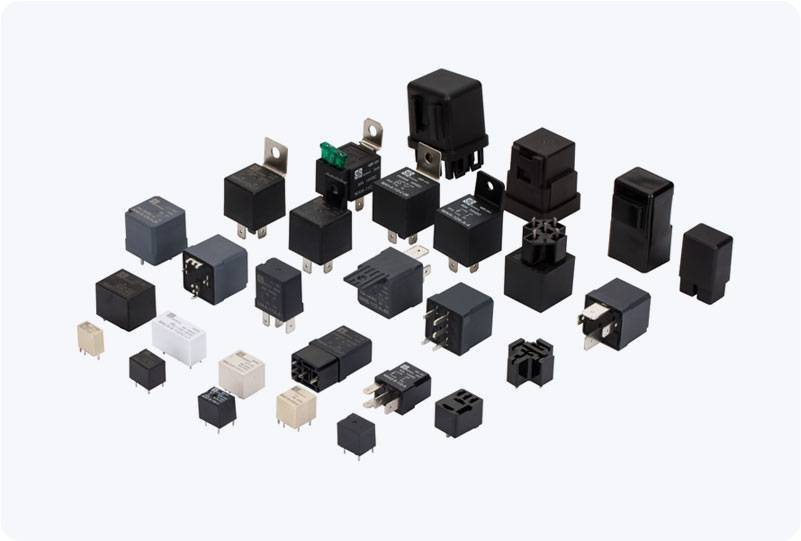understanding the importance of starter motor relay in automotive systems
Release time:2025-08-27 01:21:29
The starter motor relay is a crucial component in modern automotive electrical systems. It plays an essential role in ensuring that the engine of a vehicle starts smoothly and efficiently. Despite its seemingly simple function, the relay is part of a larger, complex electrical system that includes the battery, ignition switch, and starter motor. In this article, we will explore the function, significance, and common issues associated with the starter motor relay.

What is a Starter Motor Relay?
A starter motor relay is an electromagnetic switch that controls the flow of electricity to the starter motor, which is responsible for initiating the engine's operation. It acts as an intermediary between the ignition switch and the starter motor, allowing a small current to control a much larger one. The relay itself is usually a small, compact device that consists of a coil, a set of contacts, and a housing.
When the ignition switch is turned on, it sends a low voltage signal to the relay. This signal energizes the relay's coil, which then causes the relay's contacts to close, allowing high current from the battery to flow to the starter motor. Once the motor starts and the ignition switch is released, the relay opens the contacts, cutting off the current to the starter motor and preventing it from running continuously.

